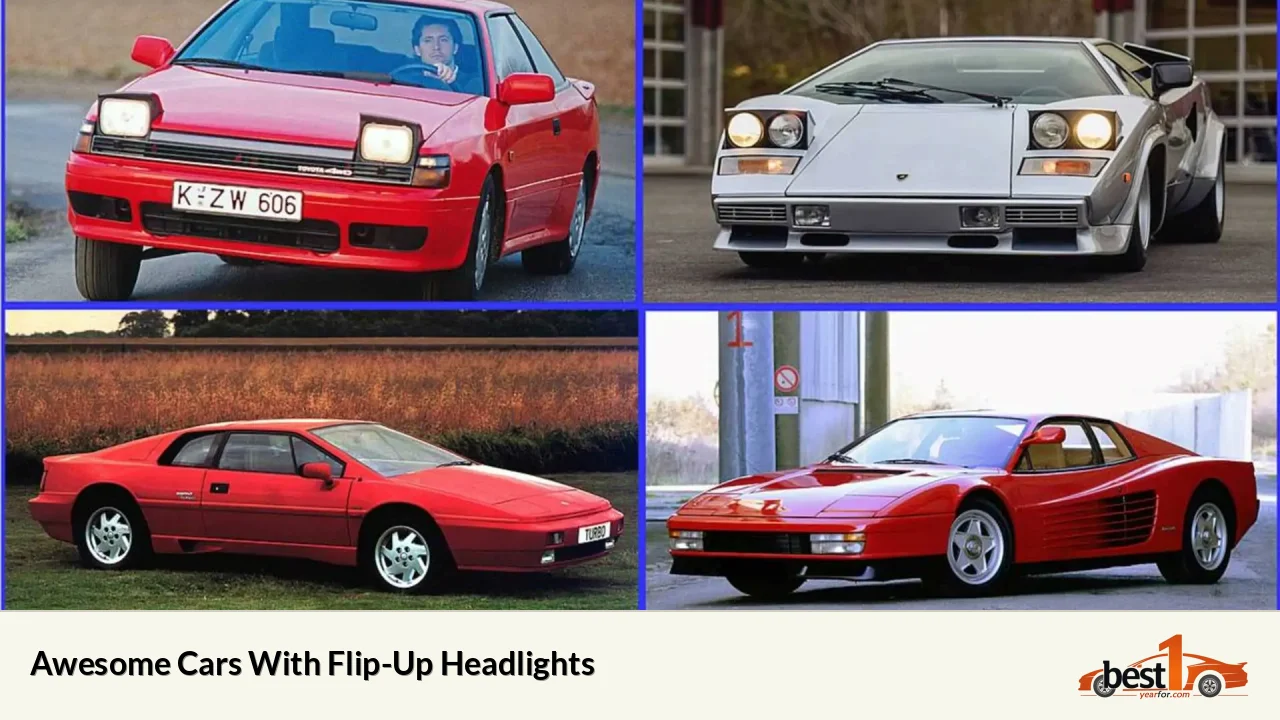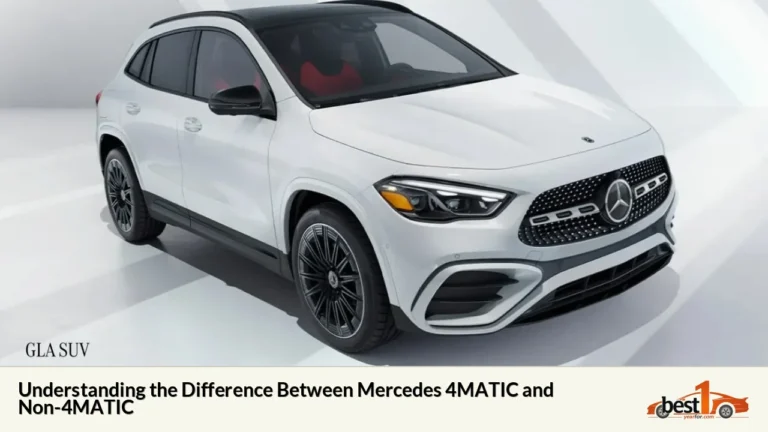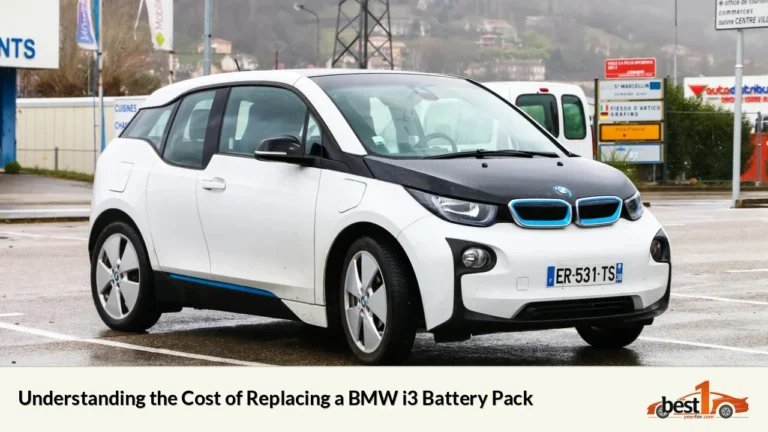Pop-up headlights were one of the coolest automotive design trends of the late 20th century. These hidden headlamps not only gave cars a sleek, aerodynamic look when retracted, but also added a fun, interactive element when deployed. While modern safety regulations have largely phased them out, pop-up headlights remain an iconic feature that defined some of the most memorable sports cars and supercars of the 1970s-1990s. Let's take a look at 10 awesome cars that rocked the flip-up headlight look and explore why this design element was so appealing.
| Car Model | Years Produced | Engine | Notable Features |
|---|---|---|---|
| Mazda MX-5 Miata (NA) | 1989-1997 | 1.6L/1.8L I4 | Lightweight, excellent handling, affordable |
| Ferrari F40 | 1987-1992 | 2.9L twin-turbo V8 | 200+ mph top speed, iconic supercar styling |
| Porsche 928 | 1977-1995 | 4.5-5.4L V8 | Front-engine GT car, innovative design |
| Chevrolet Corvette C4 | 1984-1996 | 5.7L V8 | Digital dashboard, improved performance |
| Toyota Supra A70 | 1986-1993 | 3.0L I6 (turbo option) | Powerful engine, luxurious GT styling |
The Rise of Pop-Up Headlights: A Brief History
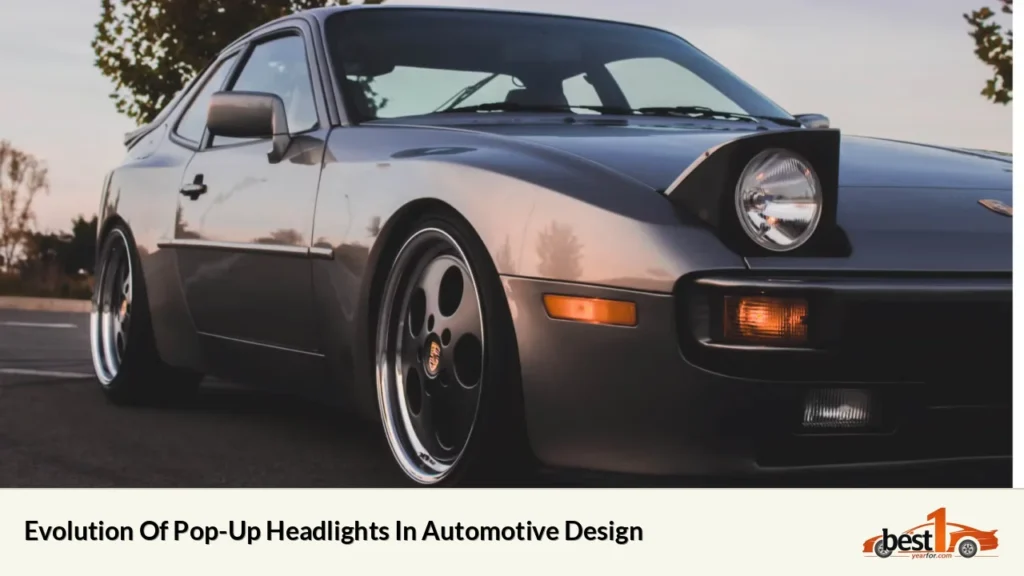
Pop-up headlights first appeared in the automotive world in the 1930s, with the Cord 810 being one of the earliest production cars to feature this innovative design element. However, it wasn't until the 1960s and 1970s that hidden headlamps really gained traction in automotive design . The popularity of pop-up headlights peaked in the 1980s and early 1990s, with numerous sports cars and even some mainstream models adopting this sleek look.
The appeal of pop-up headlights was multifaceted. From an aesthetic standpoint, they allowed designers to create smoother, more aerodynamic front ends when the lights were retracted. This was particularly desirable for sports cars and supercars where every bit of aerodynamic efficiency counted. Additionally, the novelty factor of seeing headlights emerge from a previously smooth surface added a touch of theater to the driving experience [1].
Mazda MX-5 Miata: The Affordable Sports Car Icon
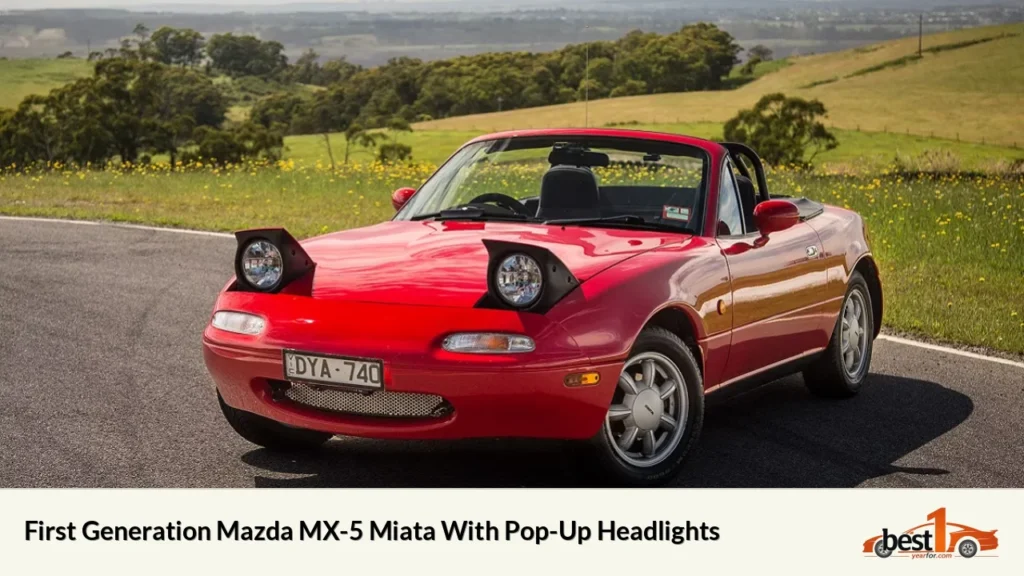
The first-generation Mazda MX-5 Miata, also known as the NA, is perhaps one of the most beloved affordable sports cars of all time. Introduced in 1989, the Miata featured a pair of pop-up headlights that perfectly complemented its compact, curvaceous body. These hidden headlamps not only contributed to the car's excellent aerodynamics but also gave it a playful, almost anthropomorphic face.
The Miata's pop-up headlights became such an integral part of its character that many enthusiasts were disappointed when they were replaced with fixed units in the second generation. The flip-up lights added to the car's charm and interactive nature, making the simple act of turning on the headlights a fun experience. This feature, combined with the Miata's lightweight chassis, responsive handling, and affordable price point, helped cement its status as a modern classic.
Ferrari F40: The Supercar Legend

When it comes to iconic supercars of the 1980s, few can match the legendary status of the Ferrari F40. Produced from 1987 to 1992, the F40 was the last Ferrari personally approved by Enzo Ferrari himself. Its pop-up headlights were a crucial element of its aggressive, wind-cheating design, allowing for an incredibly low and sleek front end.
The F40's hidden headlamps weren't just for show - they played a vital role in the car's aerodynamics, helping it achieve a top speed of over 200 mph. When retracted, the headlights maintained the F40's knife-edge front profile, essential for cutting through the air at high speeds. The deployment of these lights added to the car's dramatic presence, further emphasizing its status as a road-going race car [5].
Porsche 928: The Grand Tourer with a Twist
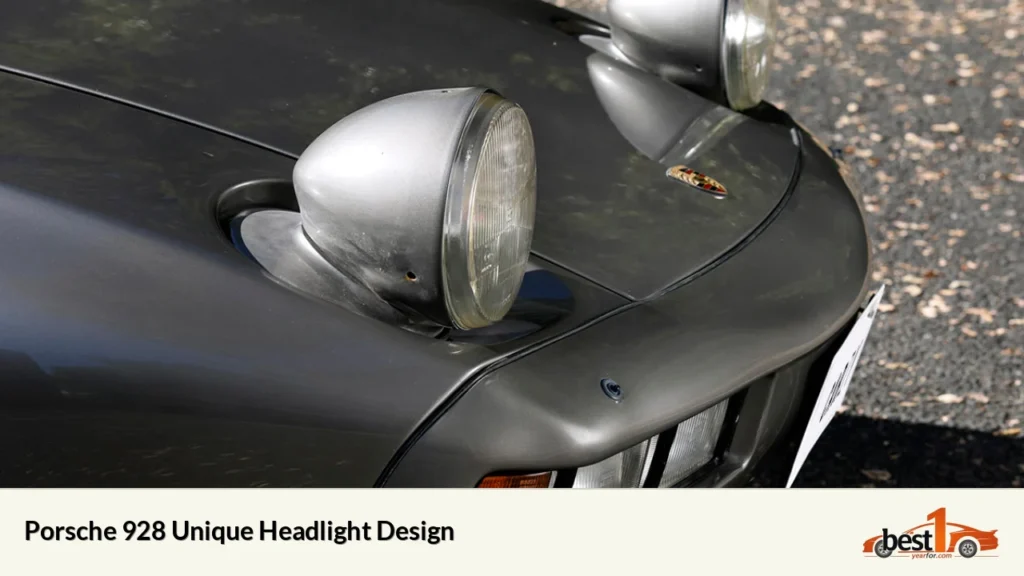
The Porsche 928, produced from 1977 to 1995, took a unique approach to the pop-up headlight concept. Unlike most cars with hidden headlamps, the 928's lights were always partially visible, with only the reflectors raising up when activated. This distinctive design gave the 928 a "bug-eyed" look that was both quirky and endearing, setting it apart from other sports cars of its era [6].
The 928's headlight design was part of a broader attempt by Porsche to create a more luxurious, grand touring-oriented model to complement the 911. The pop-up elements helped maintain a smooth front profile when lowered, contributing to the car's impressive aerodynamics. This innovative approach to hidden headlamps showcased Porsche's commitment to blending form and function in automotive design [7].
Chevrolet Corvette C4: American Muscle Meets High-Tech
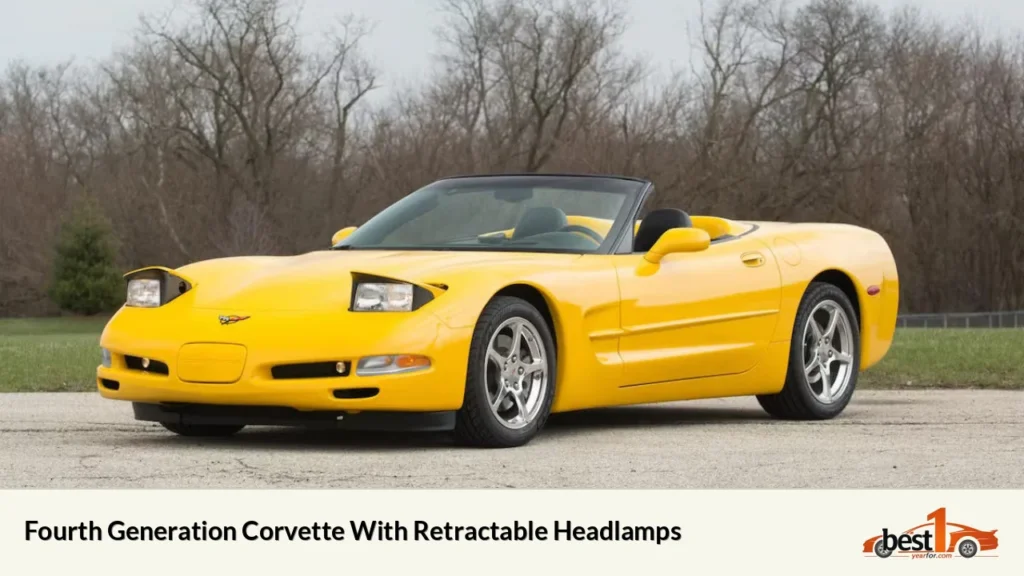
The fourth-generation Chevrolet Corvette, known as the C4, continued the model's tradition of pop-up headlights when it debuted in 1984. These hidden lamps played a crucial role in modernizing the Corvette's look, allowing for a low, wedge-shaped front end that was a significant departure from its predecessor [8].
The C4's pop-up headlights weren't just about style - they were part of a comprehensive redesign that dramatically improved the Corvette's performance and handling. When retracted, they contributed to the car's impressive drag coefficient, enhancing its top speed and fuel efficiency. The flip-up action of the lights became a signature Corvette feature, one that would continue until safety regulations finally forced a change in the C6 generation [9].
Toyota Supra A70: The Japanese GT with Hidden Charms
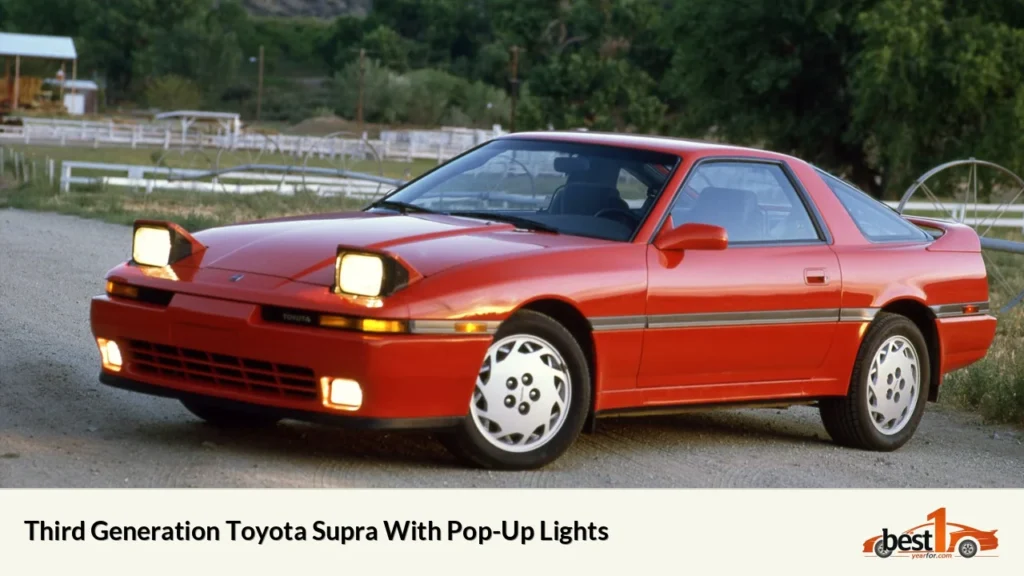
The third-generation Toyota Supra, known as the A70, embraced the pop-up headlight trend when it was introduced in 1986. These hidden lamps allowed Toyota's designers to create a smooth, aerodynamic front end that perfectly captured the essence of 1980s sports car design [4].
The A70 Supra's pop-up headlights weren't just a stylistic choice - they played a crucial role in the car's overall performance. When retracted, they helped reduce drag, contributing to the Supra's impressive top speed and fuel efficiency. The flip-up action of the lights also added a touch of drama to the car's appearance, enhancing its appeal as a high-performance GT car [3].
Lotus Esprit: The Bond Car with a Secret

The Lotus Esprit, particularly famous for its appearance as a submarine car in the James Bond film "The Spy Who Loved Me," featured pop-up headlights throughout its long production run from 1976 to 2004. These hidden lamps were an integral part of the Esprit's wedge-shaped design, allowing for an incredibly low and aerodynamic front profile [2].
The Esprit's pop-up headlights contributed significantly to its futuristic appearance, which made it a perfect fit for the Bond films. When retracted, they maintained the car's knife-edge styling, essential for its impressive performance. The deployment of these lights added to the car's dramatic presence, further emphasizing its status as an exotic sports car .
Honda NSX: The Everyday Supercar
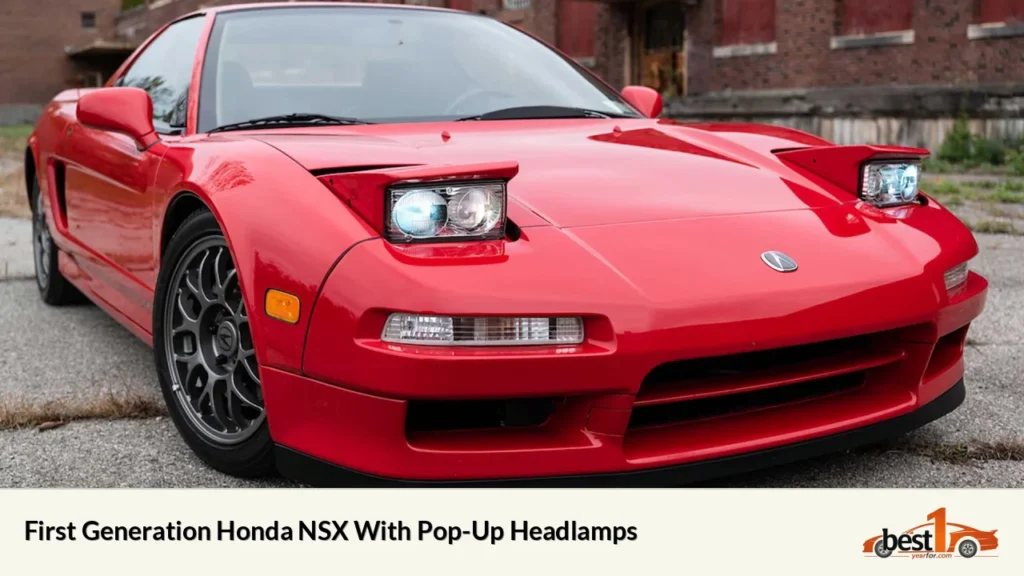
The first-generation Honda NSX, produced from 1990 to 2005, incorporated pop-up headlights into its groundbreaking design. These hidden lamps allowed Honda's engineers to create a low, aerodynamic front end that was crucial to the car's performance while maintaining the practicality expected of a Honda .
The NSX's pop-up headlights weren't just about style - they were part of a comprehensive design philosophy that sought to create a supercar that could be used every day. When retracted, they contributed to the car's excellent visibility and low drag coefficient. The flip-up action of the lights became a signature feature, adding to the car's exotic appeal while maintaining Honda's reputation for reliability .
Lamborghini Countach: The Poster Car
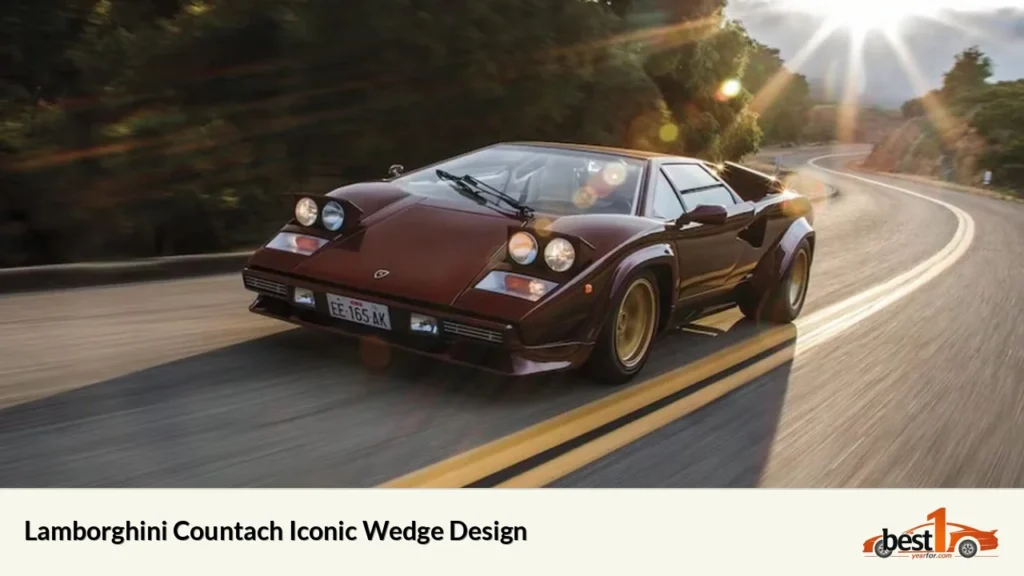
The Lamborghini Countach, produced from 1974 to 1990, is perhaps one of the most recognizable supercars ever made, thanks in part to its distinctive pop-up headlights. These hidden lamps were crucial to maintaining the Countach's radical wedge-shaped design, allowing for an incredibly low and aggressive front end .
The Countach's pop-up headlights weren't just a stylistic choice - they were an integral part of Marcello Gandini's revolutionary design. When retracted, they preserved the car's uncompromising angular profile, essential for its striking visual impact. The deployment of these lights added to the car's theatrical nature, further cementing its status as the ultimate bedroom wall poster car for a generation of car enthusiasts .
Dodge Stealth: The American-Japanese Hybrid
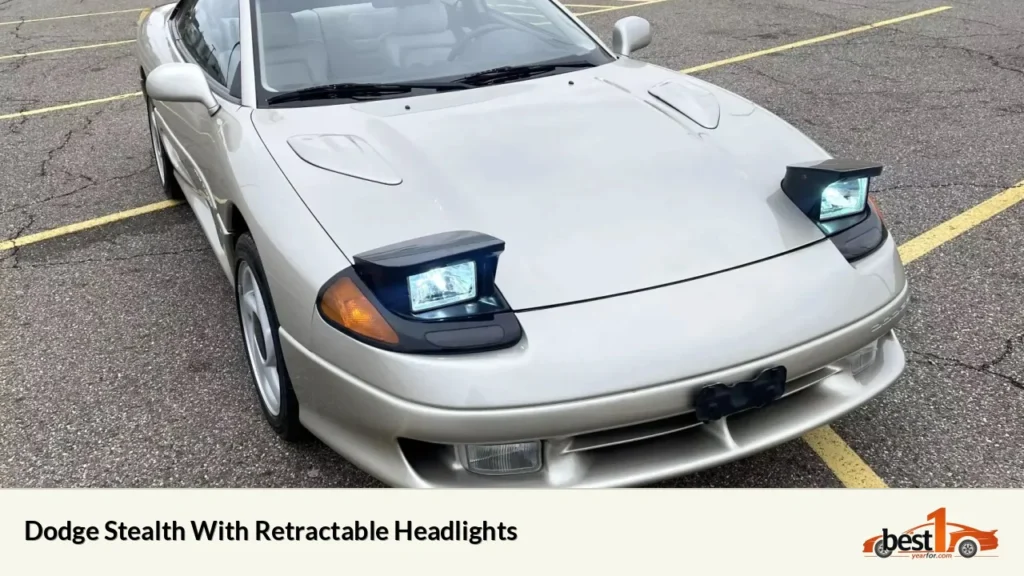
The Dodge Stealth, a rebadged version of the Mitsubishi 3000GT produced from 1991 to 1996, featured pop-up headlights that were a key part of its sleek, high-tech design. These hidden lamps allowed for a smooth, aerodynamic front end that perfectly captured the essence of 1990s sports car styling .
The Stealth's pop-up headlights weren't just about looks - they played a crucial role in the car's overall performance package. When retracted, they helped reduce drag, contributing to the Stealth's impressive top speed and handling characteristics. The flip-up action of the lights also added a touch of drama to the car's appearance, enhancing its appeal as a high-performance grand tourer .
FAQs
- Why did cars stop using pop-up headlights?
Pop-up headlights were phased out primarily due to pedestrian safety regulations and the development of more efficient fixed headlight designs. - What was the first car to feature pop-up headlights?
The Cord 810, introduced in 1936, is generally credited as the first production car to feature pop-up headlights. - Are there any modern cars with pop-up headlights?
Due to safety regulations, there are no new mass-production cars with pop-up headlights. The last production car to feature them was the Corvette C5, which ended production in 2004. - What are the advantages of pop-up headlights?
Pop-up headlights allow for a more aerodynamic design when retracted and can contribute to a car's unique styling and character. - Were pop-up headlights reliable?
While they added complexity, many pop-up headlight systems were quite reliable. However, they could be prone to issues like motor failure or misalignment over time.
Conclusion
Pop-up headlights may be a relic of the past in modern car design, but their impact on automotive aesthetics and culture is undeniable. From affordable sports cars like the Mazda Miata to exotic supercars like the Ferrari F40, hidden headlamps added a touch of magic and interactivity to some of the most beloved vehicles of the late 20th century. While safety regulations and advances in fixed headlight technology have rendered pop-ups obsolete, they remain a cherished feature among car enthusiasts, representing an era of automotive design that prioritized style, aerodynamics, and a bit of mechanical theater.
Citations:
- 1. https://carbuzz.com/features/cars-with-pop-up-headlights-a-definitive-guide-to-the-legends/
- 2. https://www.autocar.co.uk/slideshow/greatest-cars-ever-made-pop-headlights
- 3. https://www.slashgear.com/1628230/coolest-cars-with-pop-up-headlights-ranked/
- 4. https://en.wikipedia.org/wiki/List_of_vehicles_with_hidden_headlamps
- 5. https://www.reddit.com/r/whatcarshouldIbuy/comments/1fe2w19/cool_cars_with_pop_up_headlights/
- 6. https://www.carsales.com.au/editorial/details/six-cars-with-pop-up-headlights-134571/
- 7. https://www.topgear.com/car-news/supercars/top-gears-top-9-pop-headlights-edition
- 8. https://www.hotcars.com/cheap-cool-cars-with-popup-headlights/
- 9. https://www.carthrottle.com/news/10-reasonably-cheap-cars-pop-headlights

